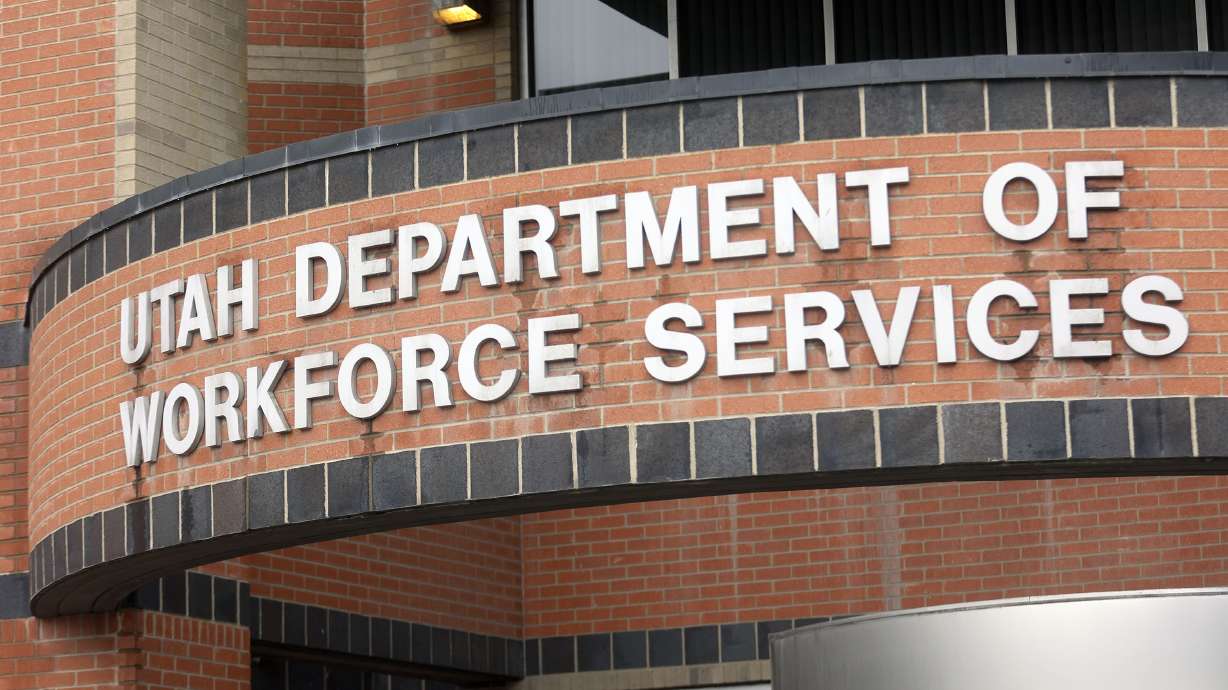Estimated read time: 3-4 minutes
- A legislative audit of Utah's Department of Workforce Services found areas for improvement.
- The audit suggests enhancing workforce programs by identifying success factors and improving accessibility.
- Recommendations include reducing call wait times and extending online application completion time.
SALT LAKE CITY — A legislative audit of the Utah Department of Workforce Services found that despite the success of some division programs, areas for improvement exist — namely in the Workforce Development Division.
Five years after entering a program in one of the department's 16 divisions, participants on average show a decrease in unemployment and use of eligibility services and positive wage growth, according to the auditor's report.
While that is good, the audit found many participants still struggle with consistent employment and earning a living wage after completing their program. Data from the audit showed that across the programs reviewed, at least 9% of participants made a living wage five years after participation.
With this in mind, the audit recommended the department identify factors that lead to success and model more Workforce Development Division programs around those factors.
"(Department of Workforce Services) should explore many variables that may lead to success, like demographics, fields, employers, education programs and employment councilors, to understand what factors uncommonly successful or unsuccessful participants share," the auditor's report says.
Another positive was the audit's praise for the department's efforts to conduct Medicaid renewal reviews for employees after Congress ended continuous enrollment in 2023.
"According to legislative intent, the Department of Workforce Services reset the Medicaid rolls relatively quickly after COVID-19-related enrollment increases. A federal Inspector General's review of Utah's unwinding also concluded that it was generally done in accordance with state and federal requirements. Our own review supported these findings," the report says.
Alternatively, the audit found that the eligibility services division, which processes applications for public financial, medical and nutritional benefits programs to connect Utahns with services they qualify for, could be more accessible.
"The division should consider whether the current allotted time for online applications for benefits to be submitted is an accessibility barrier. They should also ensure their average call wait time complies with requirements set by the Legislature," the report says.
The Utah Legislature passed HB7 in 2024, establishing a performance goal for the Eligibility Services Division to answer customers' calls for assistance within 18 minutes. That year, the wait time averaged around 20 minutes, and generally, wait times are higher than the target of 18 minutes established by the Legislature.
Thus, the audit recommended the department "develop and implement a strategy to reduce their call wait times to meet requirements" and create and implement a plan to extend phone line operating hours.
On the topic of accessibility, the audit also found that the department allows "significantly less" time to complete online applications than other states.
"Community advocates are concerned that (Department of Workforce Services) services can be inaccessible to vulnerable or at-risk Utahns. We found that (the Department of Workforce Services) Medicaid application portal saves applicant data for only 24 hours," the report says.
Other states allow more time for people to complete applications. Colorado saves Medicaid data for 90 days, Arizona for 30 days, and Washington for 15 days.
To remedy this, the auditor recommended that the department "collect and analyze internal data to determine whether the time allowed for a customer to submit an online application or benefits is sufficient and, if warranted, allow more time to complete the application."
The auditor's report can be read in its entirety on the Utah Legislature's website.









